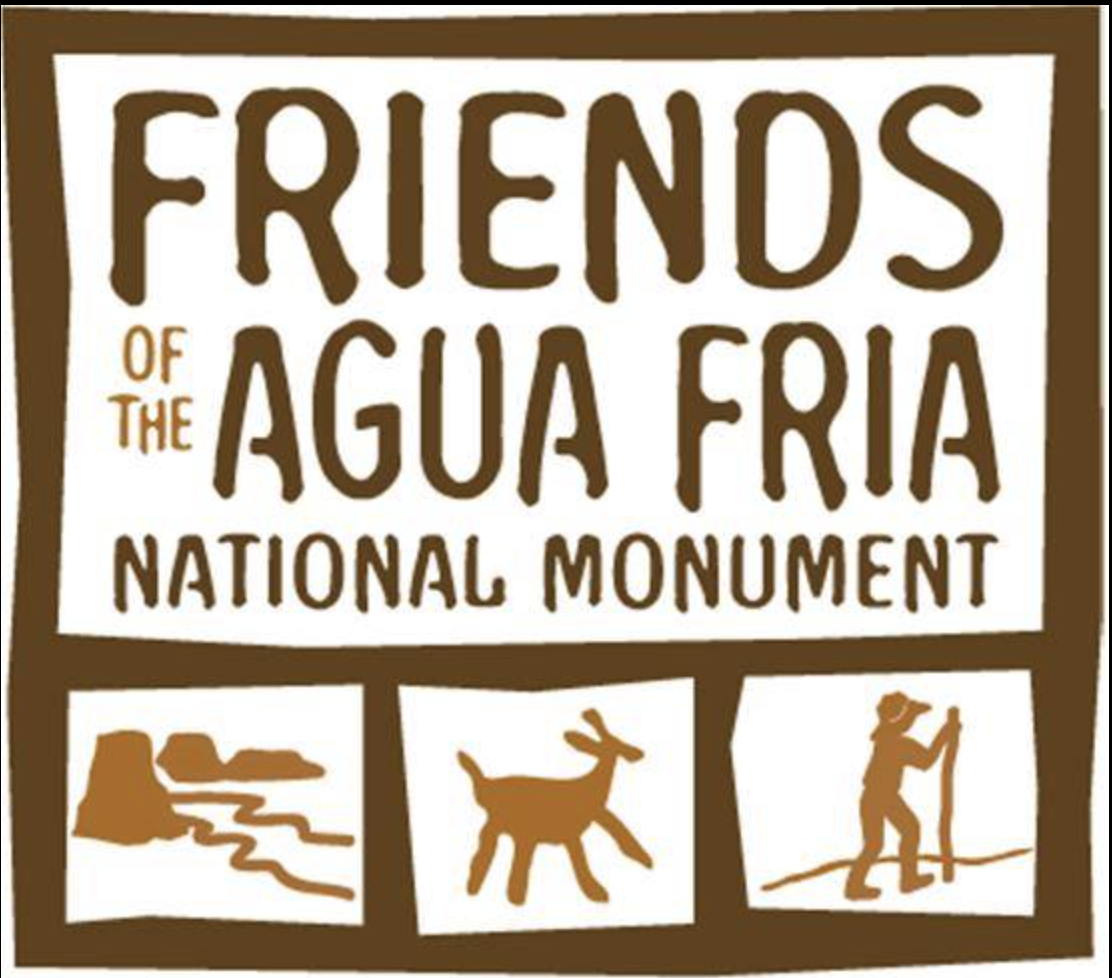 |
National Conservation Lands
Conservation starts with community, and history has shown that places are best protected when there is a group of local citizen advocates to lead the effort. As members of the Friends Grassroots Network, Friends of the Agua Fria National Monument does critical, on-the-ground work to steward and protect the National Conservation Lands. Overview of the National Conservation Lands The National Conservation Lands are America’s newest collection of protected public lands and waterways that help preserve America’s heritage and drive of the nation’s $646 billion outdoor recreation economy. Established in 2000, the National Conservation Lands protect 30 million acres of the most ecologically rich and culturally significant lands managed by the Bureau of Land Management (BLM). They are found throughout the West, Alaska and even extend to the East Coast. What are National Conservation Lands? The National Conservation Lands include National Monuments and National Conservation Areas, Wilderness and Wilderness Study Areas (WSAs), Wild and Scenic Rivers, National Scenic and Historic Trails. These nationally significant lands embody freedom, discovery and unique outdoor experiences. From experiencing traces of ancient cliff dwellers in Grand Gulch WSA to trout fishing and whitewater rafting in Colorado’s Browns Canyon National Monument to world-class rock climbing in Nevada’s Red Rock Canyon National Conservation Area (NCA), the recreational opportunities afforded by the National Conservation Lands are unsurpassed—and they support the tourism and recreation economies of many rural Western communities. This collection of protected public lands also preserves America’s sacred sites and cultural history. From ancient Puebloan cultures of 1,000 years ago to Spanish, Mexican, Native American and American settler histories from recent centuries, the National Conservation Lands represent a complete tour of the history of the American West. Threats The lands, rivers and trails within the National Conservation Lands have been designated for protection, but they are also incredibly vulnerable. They face abuse from reckless oil and gas drilling and irresponsible off-road vehicle use. They are subject to looting, vandalism and neglect from underfunding. |
